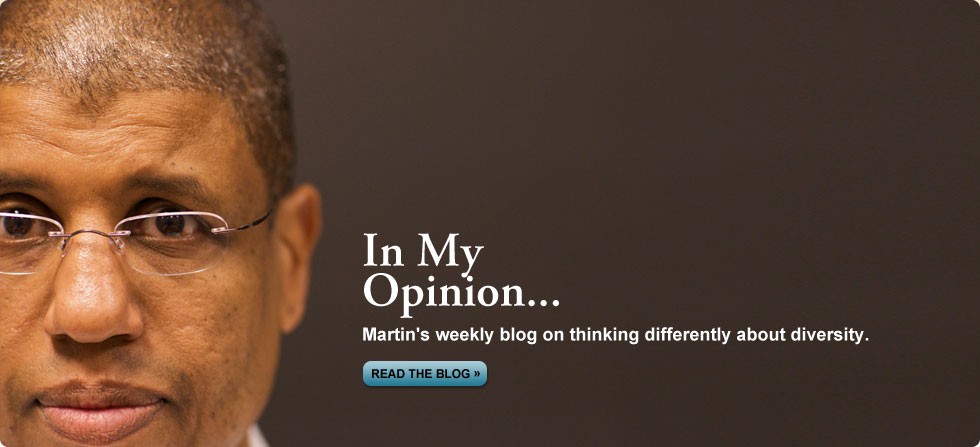IN MY OPINION
Post on: 18 Июль, 2015 No Comment

By James A. Kaplan, Chief Executive
Judging by the rising popularity of Black Swan Theory, Nassim Taleb has certainly succeeded in raising the investment communitys awareness of highly improbable events which we can usually neither predict nor even explain fully in hindsight. Talebs work, along with related ideas in the areas of chaos theory and complex systems, naturally inspires a healthy humility about our ability to isolate a clear cause of any calamity. No doubt, Taleb has made an important contribution, but our reconceptualization of risk needs to advance further.
If Black Swans are extremely rare by definition, how should we interpret the gut-wrenching frequency of value-crushing events in the stock market? What metaphor should we apply to the events that drastically diminished the brands and share prices of BP, HP, News Corp, Olympus, Sino-Forest, Chesapeake, Diamond Foods, Wal-Mart and many other stocks widely owned by institutional and individual shareholders?
Rather than coin a new metaphor, we should simply acknowledge that the original meaning of Taleb’s catchy coinage doesn’t fully capture the salient changes in the character of capital markets since 9/11 or since the collapse of trust in 2008. Anomalous events that defy traditional economic theories have become a routine occurrence. Not all of them are cataclysmic. Importantly, most of them are man-made.
From the vantage point of researchers grounded in non-traditional measures of investment risk, the routinization of anomalies primarily reflects flaws embedded in the system of perverse incentives for corporate leaders. Many public companies still employ governance practices that reward poor performance and excessive risk-taking. They also exploit accounting conventions to mask resulting vulnerabilities.
Extensively validated by academic research and recent experience, this fundamental idea has not yet seeped into the investment community’s consciousness. In the midst of the avid scrutiny of improbable risks, many investors still ignore the systemic incentives for corporate practices that elevate investment risk as surely as sedentary lifestyles elevate the risk of heart disease. The typical investment manager still relegates forensic accounting to the margins of due diligence. We are still pursuing elusive insights at the expense of observing obvious or easily discernible flaws.
For the past decade, my firm’s research has primarily focused on investment risks that stem from human motivation and behavior. Unlike Taleb’s study of the highly improbable, investment analysis based on corporate governance and forensic accounting points to risks with tangible causes and predictable effects. Rewards for poor performance typically result in poor performance. Misleading accounting practices typically result in mispriced risk. It really is that simple.
Investors should, of course, remain mindful of “tail risk”, but they should not ignore the rest of the bell curve. Corporate character affects corporate valuations during every single trading day. What makes it difficult to predict the next man-made Black Swan event is not the complexity of the underlying causes, but rather our culturally conditioned resistance to acknowledging facts that dont fit our theories.

The fact is that HP’s massive write-down was predictable. In fact, GMI Ratings predicted it. We also downgraded BP before Deepwater Horizon, Tepco before Fukushima, AIG before the financial crisis, News Corp before the phone-hacking scandal, Olympus before Michael Woodford blew the whistle, and many other firms before major negative events irretrievably destroyed shareholder wealth.
Many investors did not get out of these stocks in time because they chose to dismiss or discount risk signals for which there is no space on the corporate income statement. Whatever EPS measures, it does not detect lies. Neither does EBITDA or COGS or SG&A or the elegant corporate sustainability reports adorned photos of smiling faces and blue skies. These are cultural constructs, creations of image-makers. But many investors still rely on them without a sufficient dose of healthy skepticism.
Taleb published his Black Swan bestseller in 2007. But the study of risk did not begin and end in 2007. It started at the dawn of human civilization, and it will continue as long as human beings remain aware of their environment. As a battle-hardened student of capital markets, I genuinely respect and enjoy Taleb’s work. He is a serious scholar, a poet of risk, an iconoclast. It is unfortunate that thoughtless overuse has moved some of his ideas from the realm of serious scholarship into the realm of slogans and catchy coinages often uttered reflexively and dogmatically.
This tendency to regurgitate the novel ideas of 2007 blinds us to the continuing mutation of risk; it obscures the need for further innovation. As we address this need, we should continue to study the hyper-complex causes of highly improbable events, but we should not neglect the obvious red flags of bad governance and bogus accounting.














